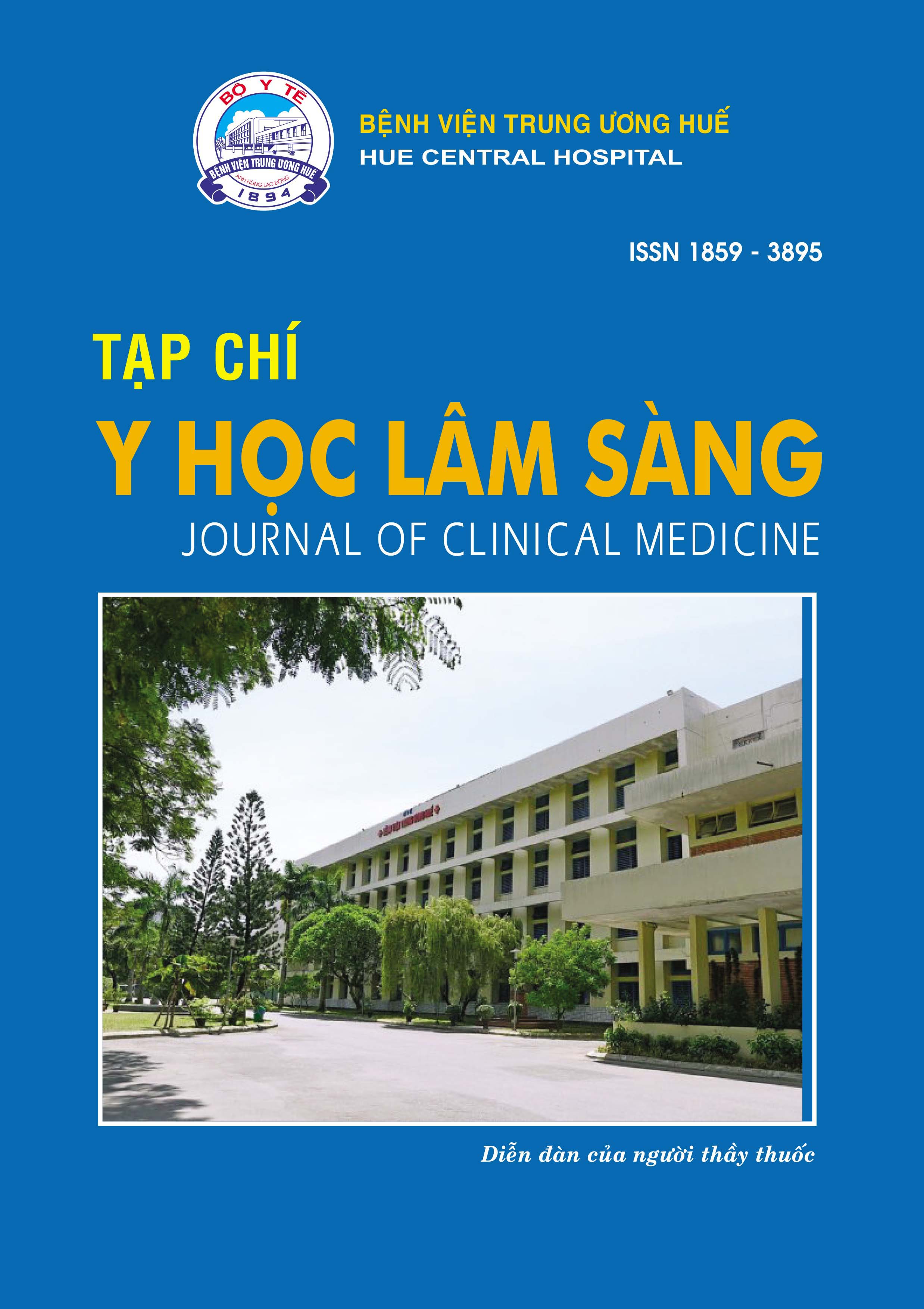Tóm tắt
Stress oxy hóa là tình trạng mất cân bằng giữa gốc tự do hay gốc có oxy hoạt động và chất chống oxy hóa. Cân bằng giữa sinh và loại bỏ gốc có oxy hoạt động được duy trì bởi chất chống oxy hóa. Chất chống oxy hóa có tác dụng làm chậm hay ức chế hiện tượng oxy hóa. Nguyên nhân chính của stress oxy hóa là nguyên nhân ngoại sinh, như chế độ dinh dưỡng, rượu, môi trường ô nhiễm, khói thuốc, tia xạ, thuốc điều trị, vận động thể lực quá mức, stress. Stress oxy hóa mạn tính tác động tới phân tử sinh học, peroxide lipid, oxid hóa protein, bất hoạt enzym, biến đổi DNA, rối loạn điều hòa oxy hóa khử, gây tổn hại tế bào, mô, dẫn đến viêm nhiễm, nhiều bệnh lý, và lão hóa. Stress oxy hóa liên quan khá chặt chẽ đến nhiều phương diện của ung thư, như sinh ung thư, tình trạng mang u, điều trị và dự phòng ung thư. Stress oxy hóa tác động đến sinh ung thư qua hai cơ chế, đột biến gen do DNA bị oxy hóa, và biến đổi biểu hiện gen, do DNA bị hư hại gắn vào các yếu tố sao mã. Nhiều dấu ấn của stress oxy hóa trong ung thư được coi như dấu ấn ung thư, được ứng dụng để chẩn đoán có mang ung thư. Một trong cơ chế tác dụng của thuốc chống ung thư là tạo ra tiến trình chết theo chu kỳ. Liệu pháp điều trị ung thư gây stress oxy hóa và oxy hoạt động tạo ra tiến trình chết chu kỳ qua p53 và cytochrome giải phóng từ ti lạp thể. Phản ứng chống oxy hóa quá mức có thể là cơ chế kháng thuốc trong ung thư. Tăng cường chất chống oxy hóa để điều trị giảm tổn thương oxy hóa, dự phòng stress oxy hóa, và ức chế viêm cũng có lợi ích cho dự phòng ung thư.
Tài liệu tham khảo
Betteridge DI (2000). What is Oxidative stress? Metabolism; 49: 3-8.
Drog W (2002). Free radicals in physiologicalcontrol of cell function. Physiol Rev; 82: 47-95.
Cadenas E, Davies KJ (2000). Mitochondrial free radical generation, oxidative stress and aging. Free Radical Biol Med.; 62: 220 - 230.
Valko MJ, Leibfritz D, Moncol J, et al (2007). Free radicals and antioxidants in normal physiological functions and human disease. Int. J. Biochem Cell Biol; 39(1): 44 - 84.
Galls F, Piroddi M, Annatti C, et al (2005). Oxidative stress and reactive oxygen species. Contrib Nephrol; 149: 240 - 260.
Adwwas AA, Elsayed ASI, Azab AE, et al (2019). Oxidative stress and antioxidant mechanisms in human body. J. Appl. Biotechnol Bioeng; 6(1): 43 - 47.
Amira AM Adly (2005). Oxidative Stress and Disease: An update Review. Research Journal of Immunology; 3: 129 - 145.
Ahmet A (2015). Oxidative stress and Overview of Pediatric Biomarkers. Pediatrics; 5: 8.
Avery AV (2011). Molecular targets of oxidative stress. Biochem J; 434(2): 201 - 210.
Finkel F, Holbrook NJ (2000). Oxidants, oxidative stress and the biology of ageing. Nature; 408: 239 - 247.
Noda N, Wakasugi H (2000). Canser and oxidative stress. Journal of Japan Medical Asociation; 124 (11): 1571 - 1574.
Ambrosone CB, Freudenheim JL, Thompson PA, et al. (1999). Mangane superoxide dismutase (MnSOD) genetic polymorphisms, dietary antioxidants, and risk of breast cancer. Cancer Resp; 59: 602 - 606.
Chen X., Ding JW, Yang Gy, et al. (2000). Oxidative damagein an esophageal adenocarcinoma models with rats. Carcinogenesis; 21: 257 - 263.
Pignatelli B, Bancel B, Esteve J, et al. (1998). Inducible nitric oxide synthase, anti-oxidant enzymes and Helicobacter poylori infection in gastritis and gastric precancerous lesions in humans. Euro J Cancer Prev; 7: 439 - 447.
Ishikawa M, Tamate K, Sengoku K. (1999). Free radicals and disease. Disease in obstetrics and gynecology. Gendai Iryo; 31: 2579 - 2585 (in Japanese)
Miyazaki E, Noda N, Okada S, et al. (1998). Elevated serum level of thioredoxin in patients with hepatocellular carcinoma. Biotherapy; 11: 277 - 288.
Yokomizo A, Ono M, Nanri H, et al. (1995). Cellular levels of thioredoxin associated with drug sensitive to cisplatin, mitomycin C, doxorubicin, and etoposide. Cancer Res; 55: 4293 - 4296.
Weijl NI, Hopman GD, Wipkink-Blakker A, et al. (1998). Cisplatin combination chemotherapy induces a fall in plasma antioxidants of cancer patients. Ann Oncol; 9: 1331 - 1337.
Terry P, Lagergren J, Ye W, et al. (2000). Antioxidants and cancers of the esophagus and gastric cardia. Int J Cancer; 87: 750 - 754,
Kimura I, Kumamoto T, Matsuda A, et al. (1998). Effects of BX 661 A, a new therapeutic agent for ulcerative colitis, on reactive oxygenin species in comparison with salazosulfapyridine and its metabolite sulfapyridine. Arzneimittelforshung; 48:1007 - 1011.
| Đã xuất bản | 05-01-2025 | |
| Toàn văn |
|
|
| Ngôn ngữ |
|
|
| Số tạp chí | Số 67 (2021) | |
| Phân mục | Tổng quan | |
| DOI | 10.38103/jcmhch.2021.67.1 | |
| Từ khóa | Oxy hóa, Stress, Gốc tự do, Chống oxy hóa Oxidative, Stress, Free radical, Antioxidant |

công trình này được cấp phép theo Creative Commons Attribution-phi thương mại-NoDerivatives 4.0 License International .
Bản quyền (c) 2021 Tạp chí Y học lâm sàng Bệnh viện Trung Ương Huế

